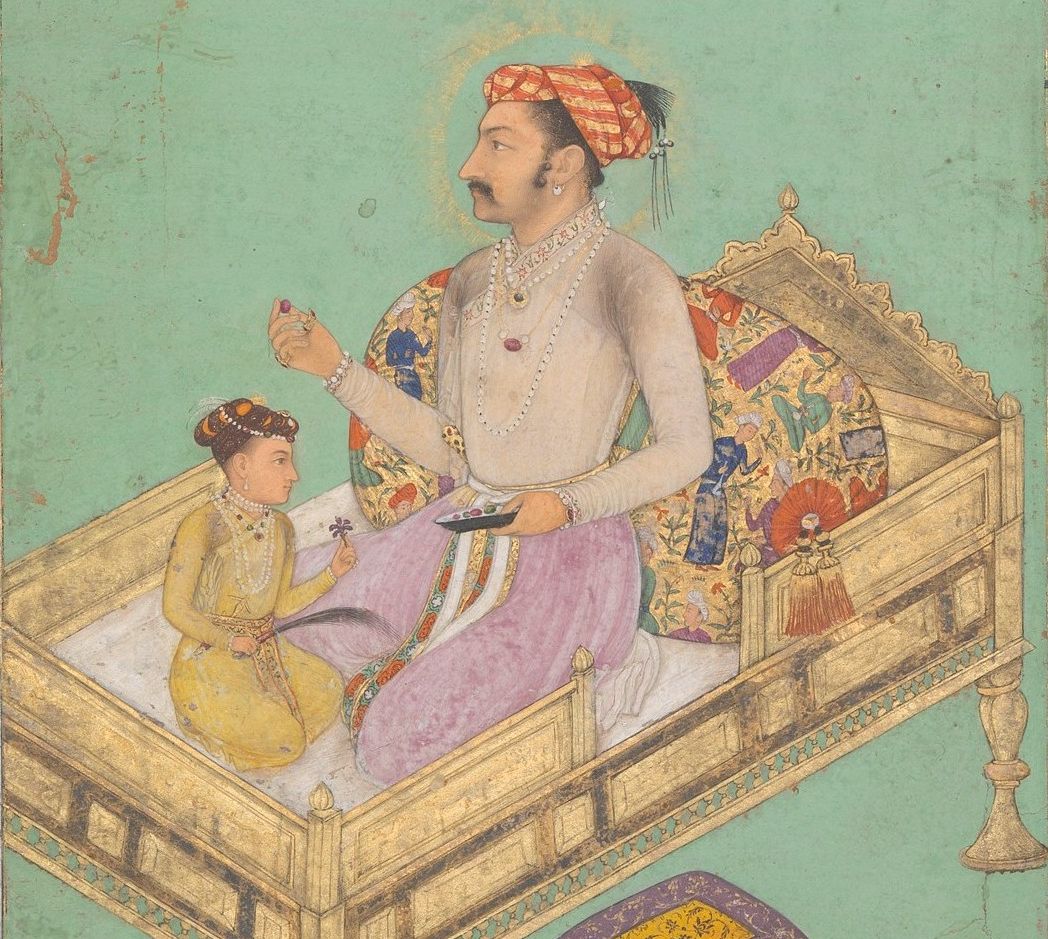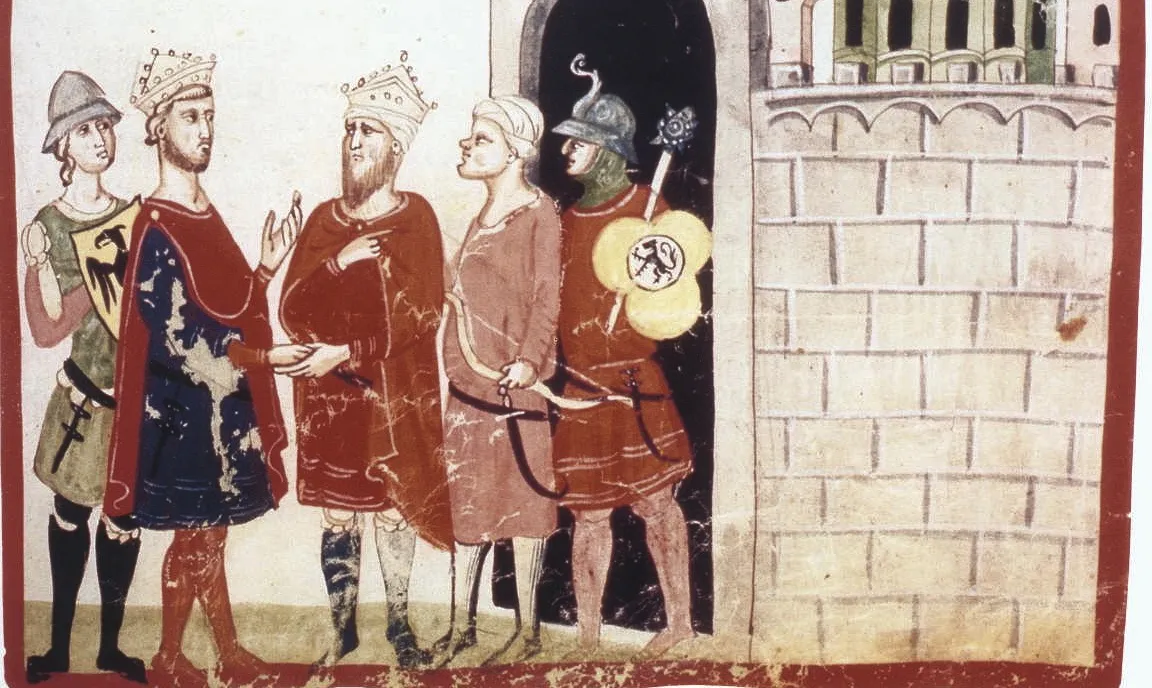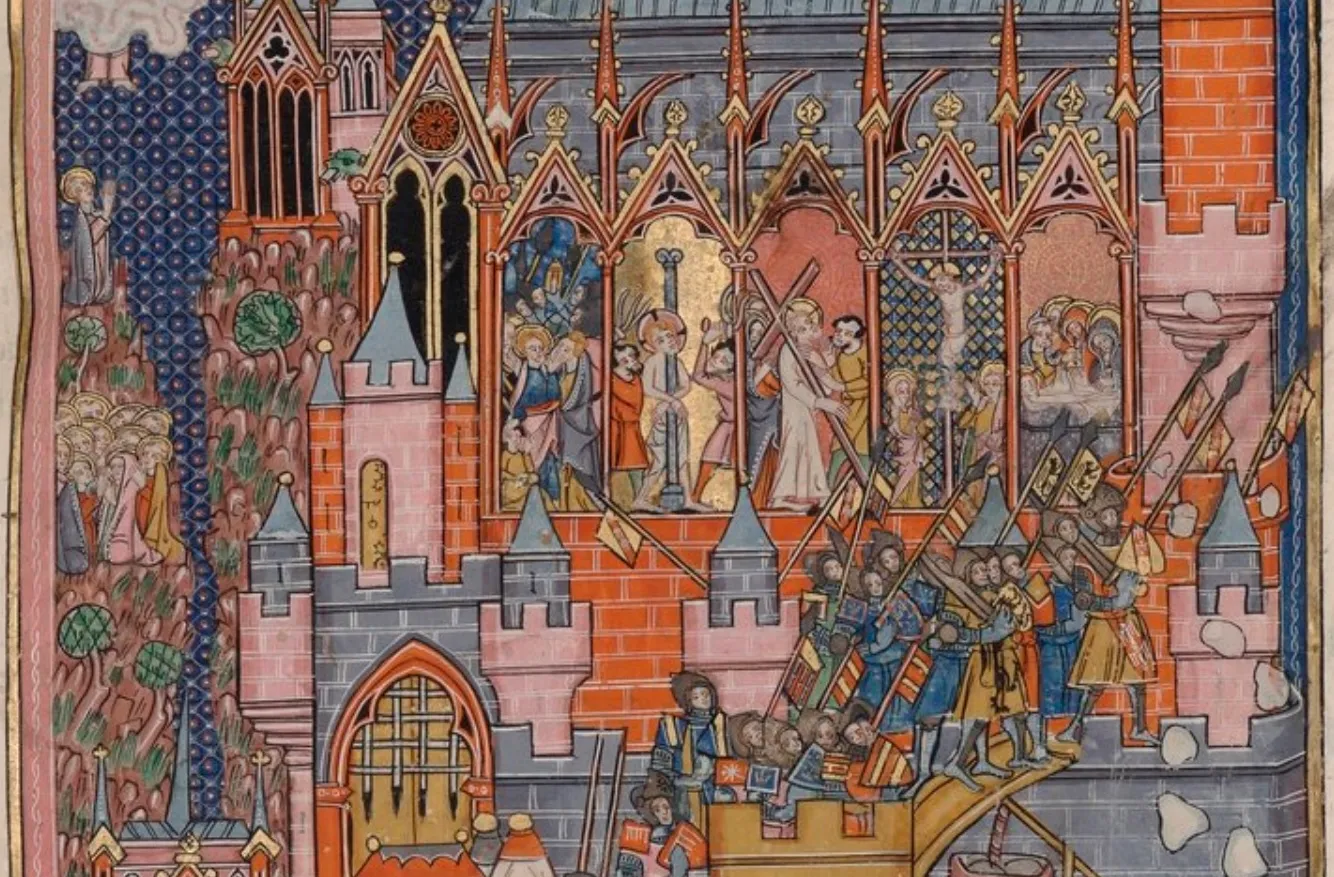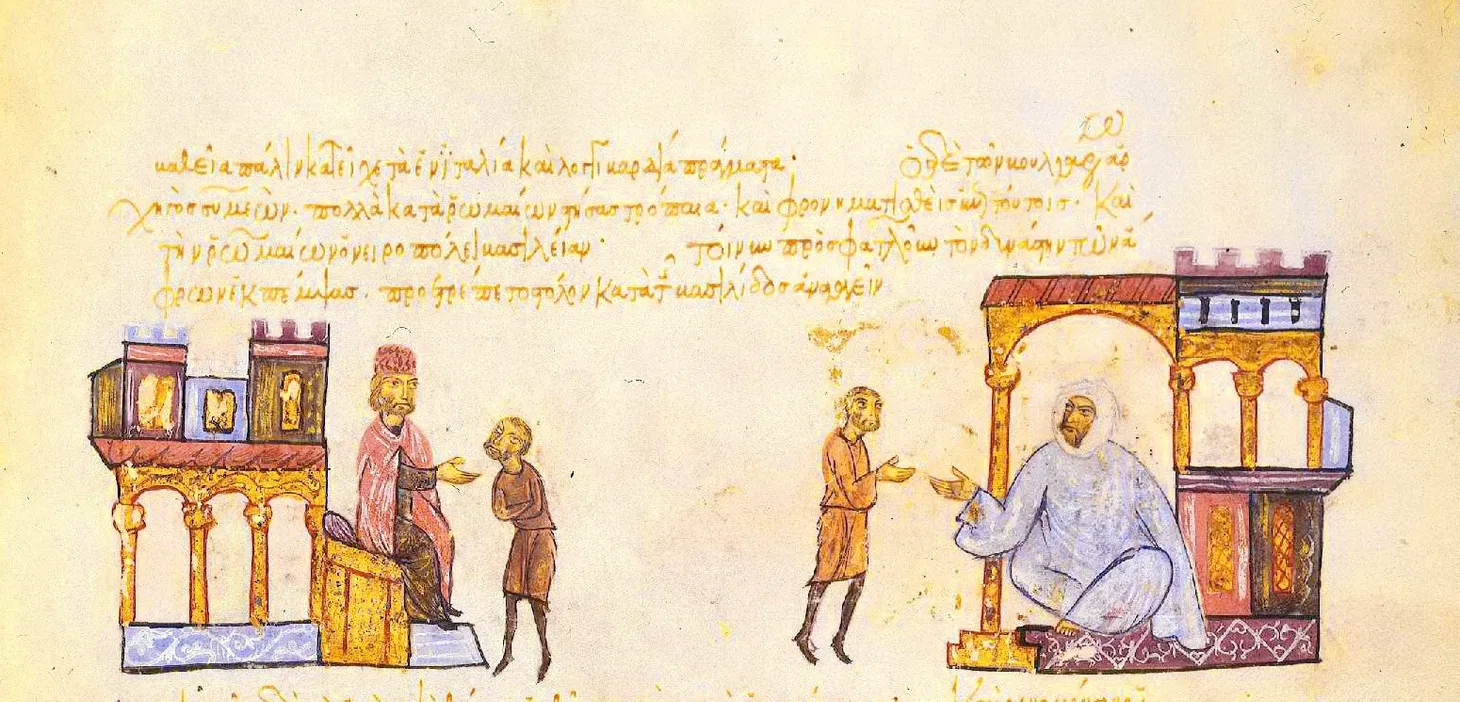“Three Very Bad Aspects”: Europeans and the Mughals During the Reign of Shah Jahan, 1628-1658
A discussion of how the Mughals during the reign of Shah Jahan viewed Europeans.

One of the challenges of helping students understand Mughal history is that we teachers (and even some students) know that British colonialism followed the end of the Mughal Empire. We occasionally overemphasize the importance of European traders with questions such as “Why didn’t the Mughals expand overseas” rather than focusing on how the Mughals ruled in the sixteenth and seventeenth centuries. As I’ve been writing about the Mughals, I have intentionally avoided mentioning Europeans. It’s important that we understand the Mughal rulers as they chose to represent themselves instead of asking why they didn’t behave like Europeans.
Despite wanting to avoid too much discussion of Europeans in teaching about the Mughals, it doesn’t mean that we shouldn’t consider how Mughal rulers understood European visitors to India in the sixteenth and seventeenth centuries. The reign of Shah Jahan (r.1628-1658) presents a compelling opportunity to discuss how Mughal rulers understood Europeans, or “Farangis,” as the Mughals called them. By his reign, the Mughals were well-established as the main power in India. Europeans had also been in India for over a century.
Using paintings of Shah Jahan and a few contemporary textual primary sources, we can help students understand how the Mughals in the first half of the seventeenth century understood and interacted with Europeans. Instead of seeing them as potential threats or worthy of emulation, Mughal rulers saw Europeans as being “uncivilized” and playing a specific economic role.
Mughal Views of Europeans
Sebastian Manrique was a Portuguese Augustinian monk who traveled extensively in Asia, including the Mughal Empire, during the first half of the seventeenth century. He even visited the court of the Mughal Emperor Shah Jahan. In his description, Manrique claimed that Shah Jahan described Europeans in these terms:
This content is for Paid Members
Unlock full access to Liberating Narratives and see the entire library of members-only content.
SubscribeAlready have an account? Log in



